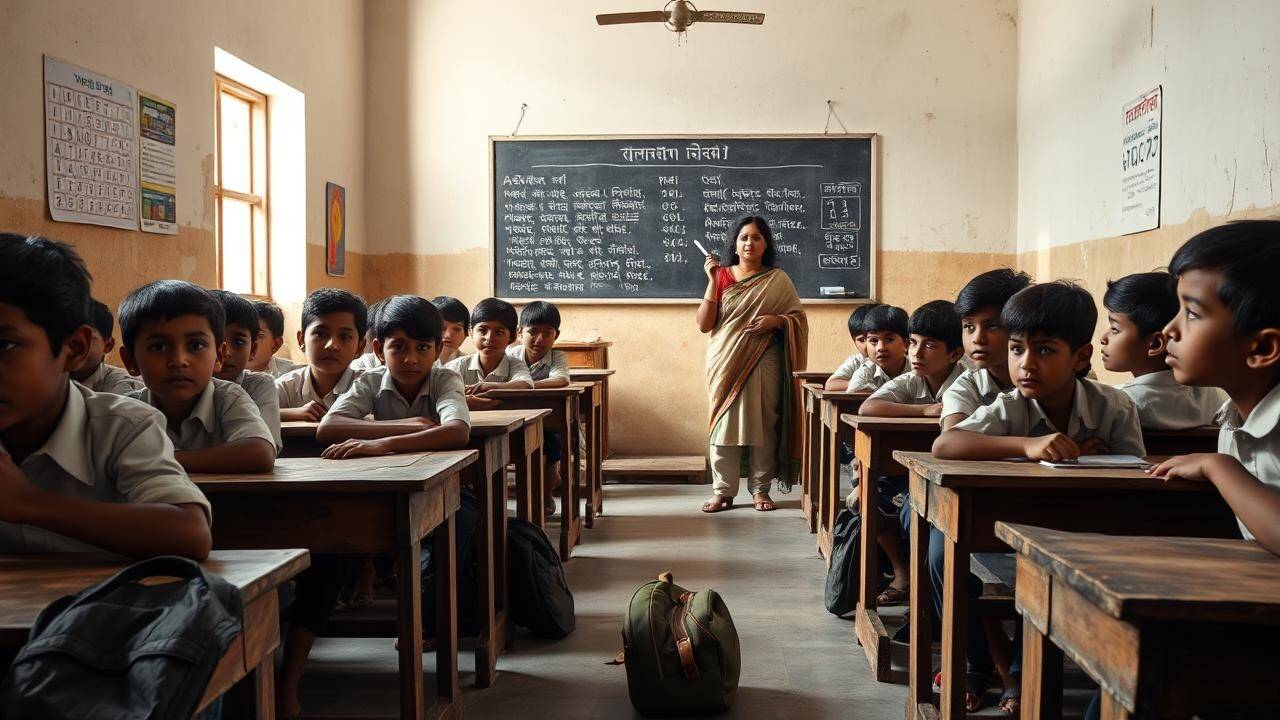
Rethinking India’s education to employability pipeline, ETEducation

Though India enjoys the distinction of producing one of the largest workforces in the world, employers frequently report that a significant proportion of graduates are not employable in high-technology domains.
This mismatch raises a fundamental question: Is the country inadvertently witnessing a drift that widens the skills-employability gap even as we push for greater manufacturing excellence?
Is India Preparing a Future-Ready Workforce?
While India has witnessed notable success in the manufacturing of sophisticated cell phones and pharmaceuticals, driven by targeted policy incentives and global demand, the same cannot be said for other technology-intensive industries such as, precision engineering, semiconductors, and defence manufacturing. These sectors continue to grapple with fragmented supply chains, limited R&D capabilities, and an acute shortage of domain-specific skills.
The current policy thrust on revitalizing the manufacturing sector under initiatives like ‘Make in India’ and the ‘Production Linked Incentive (PLI)’ program underscores the critical need for a highly skilled and industry-ready workforce. However, the manpower ecosystem to support this transformation remains underdeveloped.
With more than 40 million students enrolled in higher education, the challenge is not the lack of graduates, but the absence of alignment between what students’ study and what the country needs.
Choice of Degrees: Shaping India’s Talent Pool
According to the latest data available from the All-India Survey of Higher Education (AISHE), a disproportionately high number of students, over one-third, continue to enrol in arts and social sciences. In contrast, enrolment in science, commerce, and engineering remains significantly lower.
At the postgraduate level, preference for arts dominates over technical subjects. Enrolment for Master of Technology (MTech) declined from over 7% of enrolments in 2016–17 to 5% by 2020–21. Meanwhile, at the postgraduate level, MBA remains popular, attracting nearly one in five postgraduate students. The appeal is obvious because management education is seen as a safer route to employment and upward mobility.
Yet this shift also highlights how students are drifting away from advanced technical specialisations, even as India’s industries struggle to recruit for roles in design, engineering, and innovation. This trend raises important questions about the alignment between student preferences, labour market demand, and national priorities in areas such as science, technology, and innovation.
Global Mobility Versus Nation Building
A trend that is emerging in India is a clear distinction between academic disciplines that enable global mobility and those that are critical for nation building. Fields such as data science, business analytics are increasingly attractive to students because they offer visible global career opportunities and relatively quick financial returns.
These domains are aligned with international labour market trends, making them popular choices for students. However, disciplines such as quantum technology, semiconductors, aerospace engineering, and defence technology, which are vital for India’s strategic autonomy and economic self-reliance, often require extended academic investment beyond a bachelor’s degree. As per the latest data released by AICTE, enrolment in MTech disciplines have touched a seven-year low at 45,000.
According to a news report published in September 2025, in Maharashtra, core engineering courses, like electrical, civil and mechanical have high vacancy compared to fields like business analytics and data science programs which fill in quickly.
Some education experts caution that while these fields are attractive, undergraduates risk overlooking the value of core disciplines like civil, mechanical, or electrical engineering, which provide a stronger foundation. The experts’ advice that it is critical to first build depth in these traditional streams and then pursue specialized fields like data science at the postgraduate level. Such an approach, they note, offers greater resilience since today’s cutting-edge technologies can quickly become outdated.
The longer gestation period for financial returns, combined with less global visibility, makes them less attractive to students despite their national importance. As India aspires to transition from an assembly-driven to a design- and innovation-led economy, there is a pressing need to incentivize the talent pipeline in these mission-critical areas.
The Way Forward
AICTE has introduced new undergraduate and postgraduate programmes on semiconductors and quantum computing. In 2023, over 600 engineering colleges launched semiconductor technology programmes across all degree levels, offering more than 16,000 places. Beginning in July 2025, AICTE has rolled out undergraduate programmes in quantum technology at 75 universities.
While India’s universities may be adding cutting-edge courses in semiconductors, quantum computing, and space science, the real push must begin earlier.
Students in high school need exposure to these fields through outreach programs, national campaigns, and hands-on summer camps at institutes like the IITs, so they can see their future pathways before making discipline choices. Disseminating information early, while students are still exploring higher education options, can empower them to make informed, future-ready decisions.
(Dr Diya Dutt is adviser to the Association of Indian Universities and Sudarshan Saha is founder-director of the Center for Study Abroad, India.)
Source link



